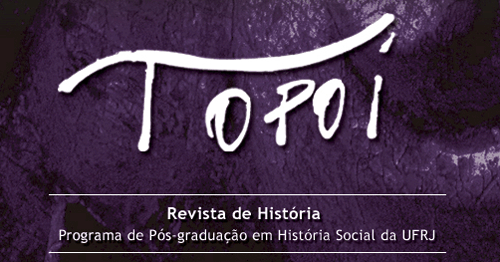ABSTRACT
This article consolidates the results of a research based on a significant set of new data about the Minas Gerais transportation system during the Vargas Era, and was guided by two main objectives: i. demonstrate the contradictions of the rail era in heterogeneous regional formation, and the resulting implications for intra- and inter-regional integration processes; ii. establish connections between the character and range of the first modernization of transportation, and aspects of the demographic structure and dynamics. It found the persistence of traditional Minas Gerais’ road infrastructure in the late 1930s. The processes of industrialization, urbanization, expansion of capitalism in the countryside, social change, and intra- and inter-regional migration, undergone in Brazil since the early decades of the twentieth century, have been conditioned in Minas Gerais by the degree of transportation development or by the non disruption of traditional patterns of circulation in general, and population mobility in particular.
Keywords:
Minas Gerais; Vargas Era; region; population; transportation.

 Thumbnail
Thumbnail
 Thumbnail
Thumbnail
 Thumbnail
Thumbnail
 Thumbnail
Thumbnail
 Thumbnail
Thumbnail
 Thumbnail
Thumbnail
 Thumbnail
Thumbnail
 Thumbnail
Thumbnail
 Thumbnail
Thumbnail
 Thumbnail
Thumbnail
 Thumbnail
Thumbnail
 Fonte: INSTITUTO BRASILEIRO DE GEOGRAFIA E ESTATÍSTICA. Recenseamento Geral do Brasil - 1940, Série Regional, Parte XIII - Minas Gerais, Tomo I, Censos Demográficos. População e Habitação. Rio de Janeiro: Serviço Gráfico do Instituto Brasileiro de Geografia e Estatística, 1950b, p. 50-55.
Fonte: INSTITUTO BRASILEIRO DE GEOGRAFIA E ESTATÍSTICA. Recenseamento Geral do Brasil - 1940, Série Regional, Parte XIII - Minas Gerais, Tomo I, Censos Demográficos. População e Habitação. Rio de Janeiro: Serviço Gráfico do Instituto Brasileiro de Geografia e Estatística, 1950b, p. 50-55.
 Fontes: Formulação própria referida sobretudo em WIRTH, John D. O fiel da balança: Minas Gerais na federação brasileira, 1889-1930. Rio de Janeiro: Paz e Terra, 1982, p. 39-74; SINGER, Paul Israel. Desenvolvimento econômico e evolução urbana: análise da evolução econômica de São Paulo, Blumenau, Porto Alegre, Belo Horizonte e Recife. São Paulo: Editora Nacional, 1977, p. 213-257; DINIZ, Clélio Campolina. Estado e capital estrangeiro na industrialização mineira. Belo Horizonte: Editora da UFMG, 1981, p. 25-52; DULCI, Otávio Soares. Política e recuperação econômica em Minas Gerais. Belo Horizonte: Editora da UFMG, 1999, p. 191-214.
Fontes: Formulação própria referida sobretudo em WIRTH, John D. O fiel da balança: Minas Gerais na federação brasileira, 1889-1930. Rio de Janeiro: Paz e Terra, 1982, p. 39-74; SINGER, Paul Israel. Desenvolvimento econômico e evolução urbana: análise da evolução econômica de São Paulo, Blumenau, Porto Alegre, Belo Horizonte e Recife. São Paulo: Editora Nacional, 1977, p. 213-257; DINIZ, Clélio Campolina. Estado e capital estrangeiro na industrialização mineira. Belo Horizonte: Editora da UFMG, 1981, p. 25-52; DULCI, Otávio Soares. Política e recuperação econômica em Minas Gerais. Belo Horizonte: Editora da UFMG, 1999, p. 191-214.








